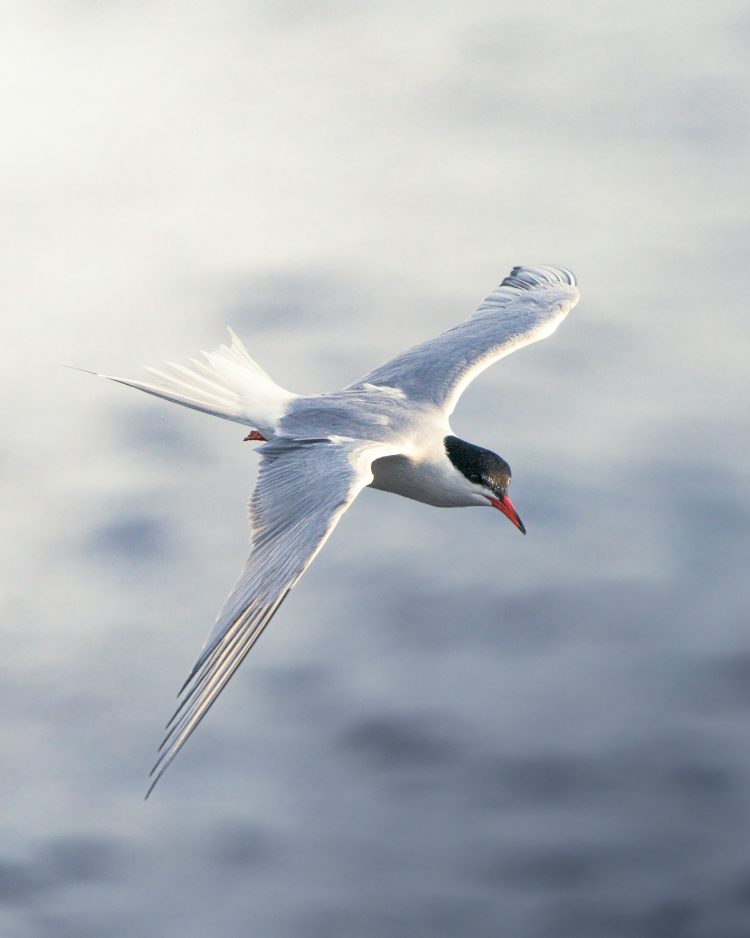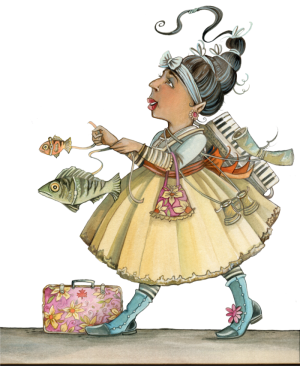Have A Long Flight
Q.
The suitcase slog, the airport crush, the churning boats, the bumpy, endless flights. It’s easy to find plenty of reasons to moan as we voyage cross sea and sky.
Once again, however, the animals put us in our place. Which of them have the most impressive migration journeys?
.
A.
Starring atop most lists is the Artic Tern, a black-capped bird that zigzags from its summertime breeding grounds in the Atlantic, Arctic, and Sub-Arctic to a winter hideaway in Antarctica. The tern’s average round-trip? 71,000 kilometres. That’s a lot of mileage points considering the Arctic Tern can live more than 30 years.
Parks Canada offers some other migration champions that can be found in Canadian national parks..
Parks Canada Round Trip Migration Champions
i. Artic Tern. 71,000 kilometres
ii. Leatherback Sea Turtle. 18,000 kilometres
iii. Humpback Whale. 10,000 kilometres
iv. Whooping Crane. 7,000 kilometres
v. Monarch Butterfly. 6,000 kilometres
🌞 These are the longer-lived monarchs who pop out in late August + September. Mexico, here they come 🌞
vi. Barren-ground Caribou – Porcupine herd. 4,800 kilometres.
.
.
Within the world of migration, who join the tern as birds of interest?
The Smithsonian Museum offers:
• B6, one hard-working young Bar-tailed Godwit, broke an all-animal record in 2022 by flying 13,558 kilometres non-stop in 11 days.
• The Bar-headed Goose shows the highest altitude migration at 8 km above sea level.
• Who’s the smallest migration warrior? The 8 cm Calliope Hummingbird who flies 8,000 km over the Pacific Coast and Rockies.
• Meanwhile, for the contrarians in the flock: how about the shortest migration? That goes to the Dusky and Sooty Grouse who travel 48 km tops.
.
.
www.justcurious.ca
Header Photo: Christoph Nolte
Photo 2: Allec Gomes










